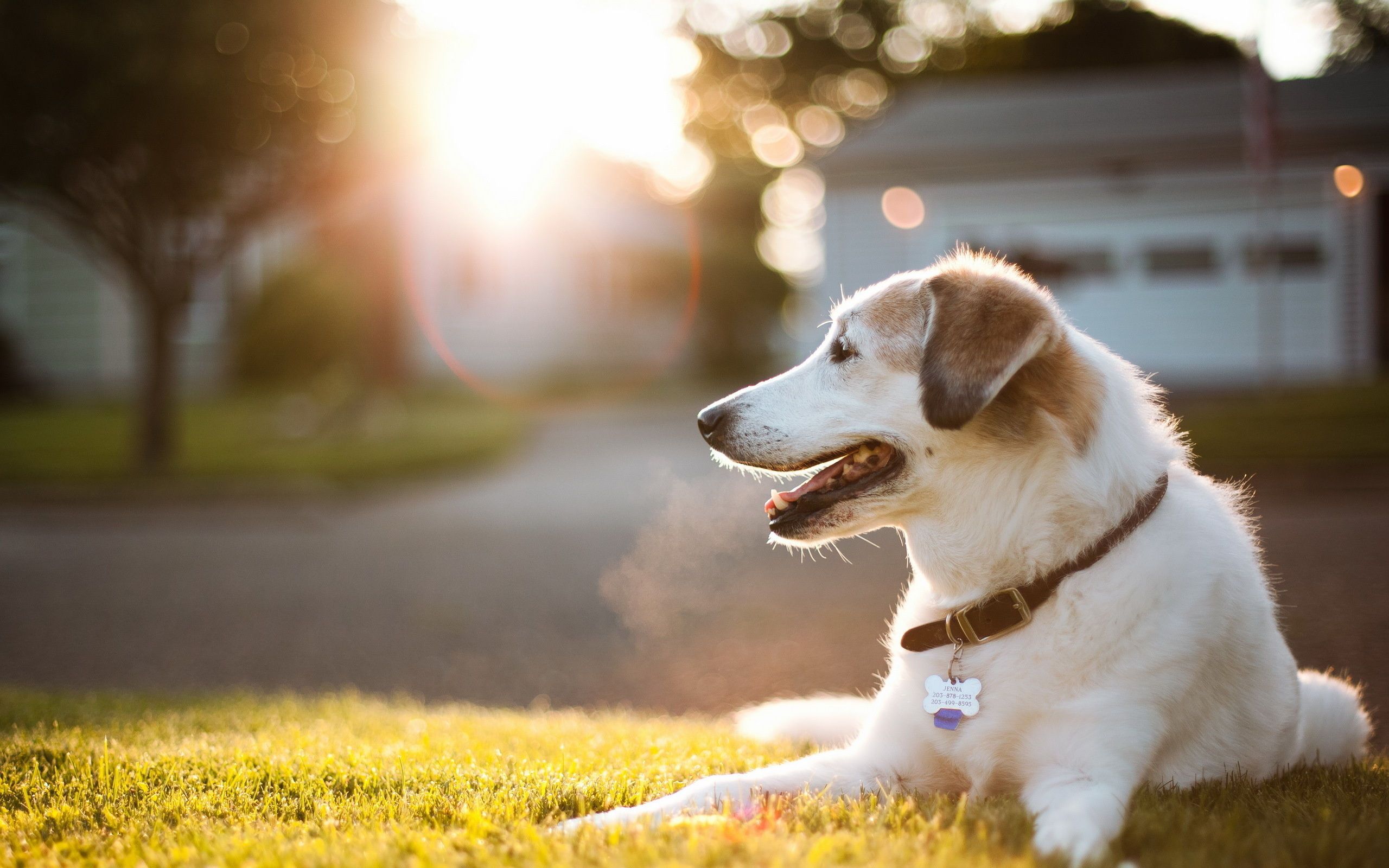Transporting pets across international borders can be a complex process, especially when moving from Vietnam to Nagano, Japan. Ensuring a smooth and safe transition for your furry friend involves understanding the regulations, preparing the necessary documentation, and choosing the right transportation service. This guide aims to provide you with all the essential information to make the process as seamless as possible.
1. Understanding Japan’s Pet Import Regulations

Japan has strict regulations when it comes to importing pets to ensure the safety and health of both animals and humans. Before you start the transportation process, familiarize yourself with the following requirements:
- Microchipping: Pets must be microchipped with ISO 11784/11785 compliant 15-digit pet identification. Ensure your pet’s microchip is registered and its details are up-to-date.
- Rabies Vaccination: Your pet must be vaccinated against rabies. The vaccination should be administered at least 21 days before departure but not more than 12 months prior to arrival in Japan. The vaccination record should be documented in a certificate issued by a licensed veterinarian.
- Rabies Titer Test: A rabies titer test is required to confirm that the vaccination has produced adequate levels of antibodies. This test must be conducted at an approved laboratory and the results should be provided with your pet’s import documentation.
- Import Permit: Obtain an import permit from the Animal Quarantine Service in Japan. This permit is crucial for your pet’s entry into Japan and must be applied for at least 40 days before departure.
- Health Certificate: A health certificate issued by a licensed veterinarian is required, confirming that your pet is fit to travel and free from contagious diseases. This certificate should be issued within seven days of departure.
2. Preparing Your Pet for Travel

Proper preparation is essential for your pet’s comfort and safety during the journey. Here are some tips:
- Visit the Veterinarian: Schedule a visit to your vet to ensure all vaccinations are up-to-date and to get a thorough health check. Discuss any concerns about your pet’s travel and obtain all necessary documentation.
- Crate Training: Familiarize your pet with the travel crate well before the journey. Ensure the crate is IATA-approved, comfortable, and has enough ventilation. Place familiar items, such as a blanket or toy, inside to provide comfort.
- Travel Arrangements: Decide whether your pet will travel as cargo or in the cabin. For long-haul flights, cargo is often the only option, but for shorter flights, you might be able to bring your pet into the cabin. Check with airlines for their specific policies regarding pet travel.
3. Choosing a Pet Relocation Service

A professional pet relocation service can make the process much smoother. They can handle all aspects of the relocation, including:
- Documentation and Compliance: Ensuring all paperwork is completed correctly and submitted on time.
- Transport Arrangements: Coordinating flights, handling pet crates, and managing the logistics of the move.
- Customs Clearance: Navigating Japan’s import regulations and ensuring your pet clears customs smoothly.
When selecting a relocation service, look for one with a good reputation, experience in handling international pet transport, and positive reviews from other pet owners.
4. Arrival and Post-Arrival Considerations
Upon arrival in Nagano, your pet will go through customs inspection at the designated animal quarantine station. Ensure you have all the required documentation, including the import permit, health certificate, rabies vaccination record, and titer test results.
After clearing customs:
- Settling In: Allow your pet some time to acclimate to their new environment. Set up a comfortable space in your new home and gradually reintroduce them to their new surroundings.
- Veterinary Care: Find a local veterinarian in Nagano for a follow-up check-up and to establish ongoing care. Discuss any health concerns or dietary changes that may be needed.
- Registration: Check if there are any local regulations regarding pet registration or microchip updating in Nagano.
5. Additional Tips for a Smooth Transition
- Stay Informed: Keep up-to-date with any changes in regulations or requirements that might affect your pet’s relocation.
- Travel Comfort: If possible, schedule flights during cooler times of the day and avoid peak travel seasons to reduce stress on your pet.
- Emergency Contact: Have a list of emergency contacts, including local veterinarians and pet services in Nagano, in case of any issues upon arrival.
In conclusion, transporting a pet from Vietnam to Nagano, Japan, involves careful planning and adherence to regulations to ensure a safe and comfortable journey for your pet. By understanding the import requirements, preparing your pet properly, and choosing a reliable relocation service, you can help ensure a smooth transition for your furry friend to their new home in Japan.
Learn more
International pets service from Vietnam














